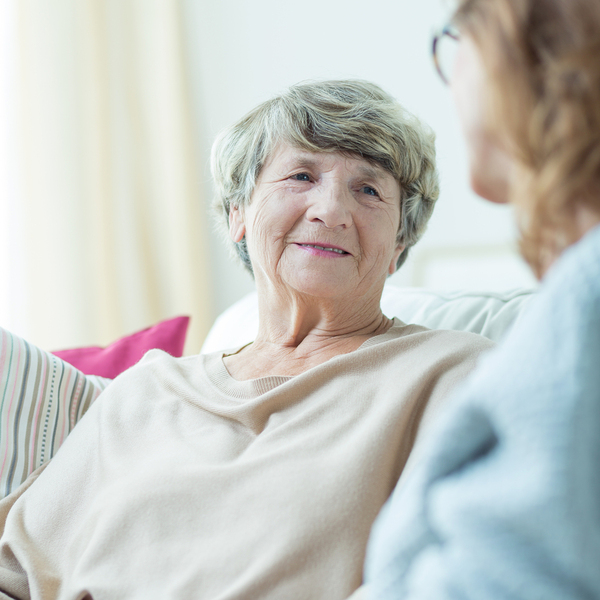
About PTSD
PTSD, or post-traumatic stress disorder, can occur as a result of experiencing or seeing a shocking or dangerous event. Common traumas include accidents, assaults, abuse, combat, disasters and/or witnessing any of these events. Contrary to popular misconception, physical harm is not a precondition of PTSD; the condition can also stem from threat of harm -- to oneself or someone else.
Many members of the military suffer from PTSD after seeing combat, participating in life-threatening missions, and as a result of military sexual trauma (MST). According to figures from the U.S. Department of Veterans Affairs, as many as 31 percent of Vietnam war veterans are afflicted by PTSD, as well as 20 percent of Iraqi war veterans, 11 percent of Afghanistan war veterans, and nearly 10 percent of Desert Storm veterans. PTSD is also linked with mild to moderate traumatic brain injury in vets caused by exposure to blast waves from explosions.
Despite its preponderance among those who have served, PTSD can affect anyone, anywhere, at any age. Women are also more likely to develop PTSD, and research has indicated that the disorder may be genetic. Many people who suffer from PTSD are also susceptible to substance abuse, depression, and other anxiety disorders.
According to the Mayo Clinic, PTSD symptoms can usually be characterized into four groups:
- Intrusive memories
- Avoidance
- Negative changes in thinking and mood
- Changes in emotional reactions
Caring for Someone with PTSD
Understanding PTSD is a significant part of helping someone manage the disorder and take steps toward recovery. Caregivers can also use the following six support techniques:
1. Listen well.
While talking about feelings and experiences can be part of the healing process, it must be on his/her own terms. So what can you do in the meantime? Be an available, empathetic, and non-judgmental listener.

2. Be present.
PTSD sufferers often withdraw from time with friends and family due to feelings of shame, anxiety, and embarrassment. Unfortunately, this can be a vicious cycle leading to social isolation. Your presence alone may be an invaluable form of support. Encouraging visits with loved ones can also be helpful, but your aging loved one's comfort should also come first so be sure to follow his/her lead.
3. Create a safe space.
Victims of trauma may often view the world around them as a dangerous and unpredictable place. Creating a safe, dependable and structured environment can help boost their sense of security.
4. Recognize triggers.
Certain situations bring PTSD sufferers right back to the original trauma. As you become aware of triggers, including dates, locations, sights, smells, sounds, sensations and even the weather, help your loved one try to avoid them.
5. Have a plan.
Despite best efforts, outbursts may still occur. Remaining calm while reassuring them that they are safe can help diffuse the situation as well as directly asking what they need and how you can help.
6. Seek professional help.
Professional help can be an important part of the PTSD recovery process. Focusing on the benefits can help open up reluctant PTSD sufferers to the idea of therapy. However, avoid continuing the conversation if it leads to arguments or outbursts.
One last thing to keep in mind? Caregivers for people with PTSD are at increased risk for secondary trauma -- particularly if they are feeling overwhelmed, stressed or isolated themselves. The takeaway? Prioritizing your health and wellness, establishing your own support system, and asking for help when you need it are all vital self-care measures when caring for someone with PTSD.
mmLearn.org offers a large library of free videos for caregivers of older adults, covering topics pertaining to senior care. Whether you are a healthcare professional or a family caregiver, if you are caring for an older adult we know that you will find mmLearn.org an essential learning and guidance tool for all of your caregiver training needs. For more useful caregiver advice on caring for someone with PTSD and many other relevant topics, access our database of free online caregiver videos today.
